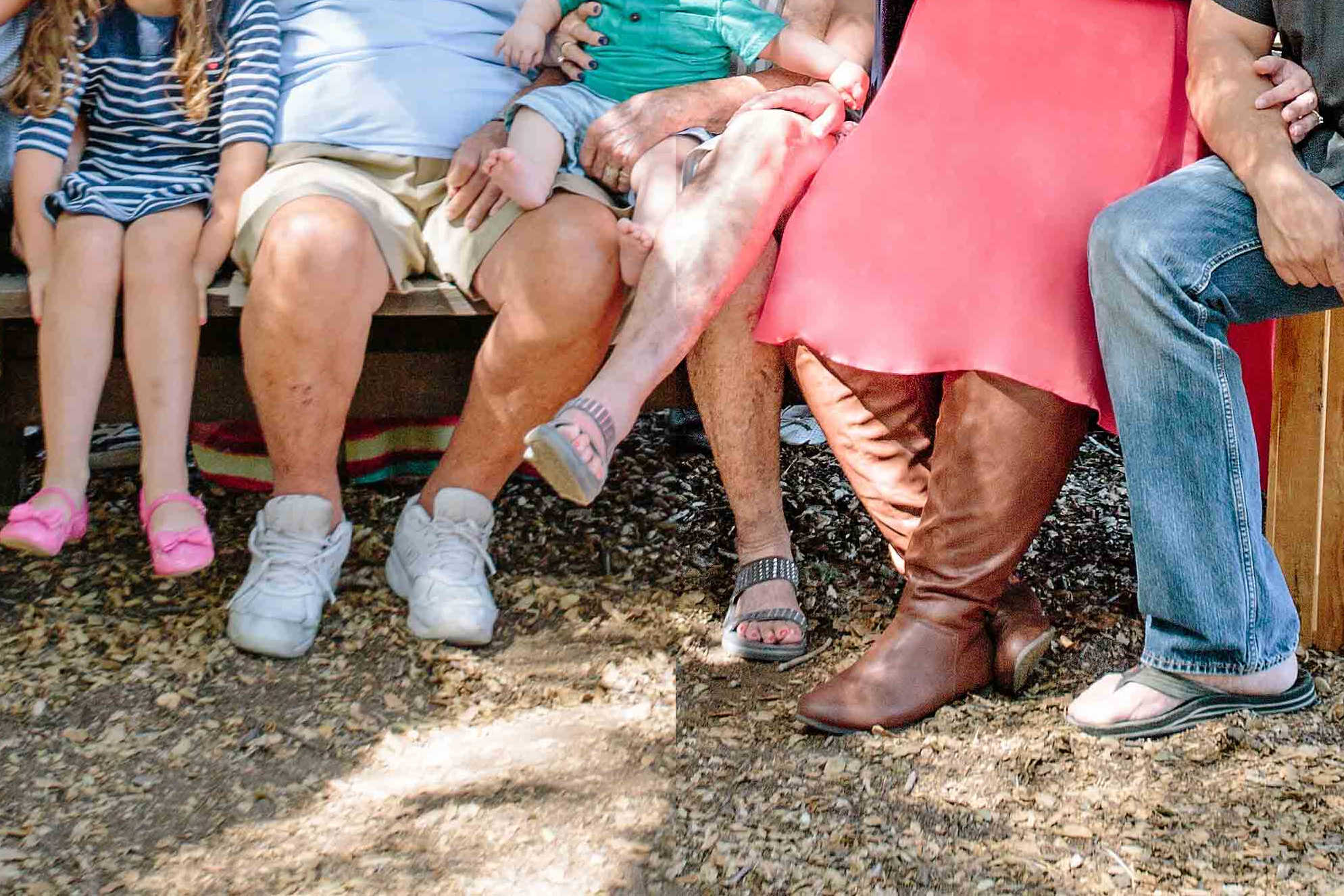
Splotchy Lighting – What is it and how to remove it?
Ansu Man | Nov. 20, 2024 | Categories: Retouching | 0 comments
Splotchy lighting refers to uneven patches of light and shadow in an image caused by improper lighting conditions during a shoot. Unlike harsh lighting, which results from an overly strong light source creating high-contrast areas, or blotchy skin, which is typically related to makeup issues or internal skin defects, splotchy lighting stems directly from external lighting arrangements. It disrupts the uniformity of illumination and can make an otherwise well-composed image look unprofessional.
While "splotchy" refers to external lighting irregularities, "blotchy" is usually associated with uneven skin tones or blemishes that are not influenced by lighting. Blotchy skin imperfections are often addressed through retouching tools aimed at skin correction rather than light adjustment.
Harsh lighting occurs when an object or subject is exposed to intense, direct light, such as midday sunlight or undiffused artificial light. This creates stark contrasts between highlights and shadows, often leading to the loss of fine details in the highlights. In contrast, splotchy lighting typically retains detail but appears uneven due to inconsistent light distribution across the image.
Splotchy Lighting Retouching - How to remove uneven lighting?
Different approaches exist to tackle the issue of splotchy lighting. One approach may seem better than the other depending on the amount of fixing required. Below are the most effective retouching techniques for fixing uneven lighting issues.
Using Camera Raw
Open the image in Camera Raw (raw images) or Camera Raw Filter (in case of JPEGs) and use the Highlights and Shadows to even out the tones. Apply adjustments selectively using the masking tool and target only the areas where retouching is necessary.
Adjusting Curves
Add a Curves Adjustment Layer. Select the problematic areas and tweak the curve to correct highlights and shadows. Balance the tonal range until the lighting appears even. This approach is precise and works well for most images.
Dodging and Burning
This technique is ideal for portraits or images of models where fine adjustments are necessary. Create a new layer filled with 50% gray, set to Overlay blending mode. Use the Dodge Tool to lighten darker patches and the Burn Tool to darken overly bright spots. Though the technique ensures a natural-looking tonal balance, it requires time and patience for perfection.
Selection and Adjustment
Quickly fix splotchy areas by selecting the problematic regions and applying a Curves Adjustment Layer to balance the highlights. Soften the hard edges with the blur filter and then blend the corrections by using tools like the Smudge Tool or by feathering the selection.
Using Cloning and Healing Tools
Use the Spot Healing Brush or Clone Stamp Tool for smaller areas and the Patch Tool for larger regions. Carefully sample well-lit areas to replace uneven patches while preserving the image's texture and details.
Frequency Separation
This technique is highly effective for images with fine textures, such as fabric or detailed skin. Separate the image into two layers: one for texture (high frequency) and the other for color and tone (low frequency). Work on the low-frequency layer to smooth out uneven lighting while leaving the texture intact. Merge the layers to produce a realistic final output. PicsRetouch is a leading retouching service provider which uses these techniques in photo editing.
Care and Prevention
Overcorrecting splotchy lighting can lead to an unnatural, overly processed appearance. For realistic splotchy lighting retouching, you must use opacity as much as you can. Keep opacity low or use a low-opacity brush for subtle edits. Take care and avoid removing too much detail. Use frequency separation whenever possible.
Prevention is always better than cure. Take precautions while shooting. Use diffusers or soft boxes to spread light evenly. Avoid dapple sunlight or improper artificial lighting. You can use reflectors or polarizers. Finally, you can adjust the subject or lighting setup to eliminate uneven lighting issues.